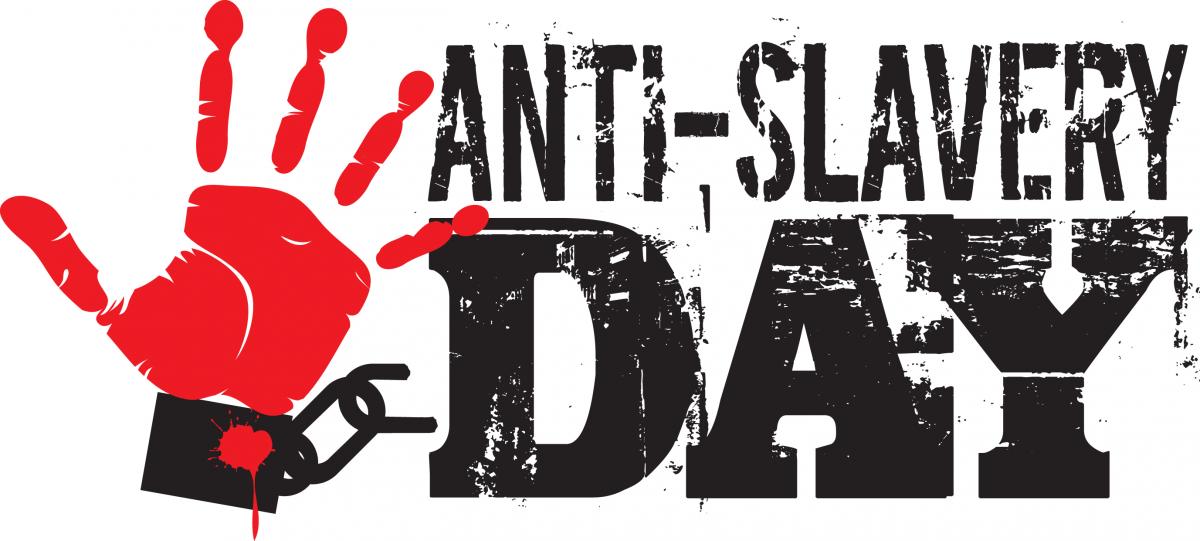 “Journeying in dignity” is the theme of the 9th Edition of the International Day of Prayer and Awareness Against Human Trafficking, celebrated around Feb. 8, 2023.
“Journeying in dignity” is the theme of the 9th Edition of the International Day of Prayer and Awareness Against Human Trafficking, celebrated around Feb. 8, 2023.
In 2022, we have experienced major changes as well as the aggravation of crises. In this context, the number of both at-risk groups and people suffering from trafficking violence
has increased. This can be explained by the exploitation of vulnerabilities caused by instability due to armed conflicts, generalized violence, and climate-environmental and economic crises.
Those attempting to flee in hope of safety or employment find themselves at the mercy of inadequate laws to protect migrants and find themselves more easily entangled in the webs woven by traffickers. In addition, traffickers have increased their use of information technology for recruitment and exploitation, luring victims on social media and posting false job ads on the Internet.
In this context, we are called to keep hope and the values that guide our being and acting alive. This is the meaning of the theme of the 9th International Day of Prayer, chosen by an international group of 10 young representatives of partner organizationsi and 4 young communication experts:
Journeying in dignity against human trafficking. Our commitment has as a horizon: the dignity of every person, leaving no one behind. This is our journey.
• Walking with open eyes to recognize the processes that lead millions of people, especially young people, to exploitation and human trafficking;
• Walking with an attentive heart to discover the daily paths of thousands of people in search of freedom and dignity, paths of care, inclusion, and empowerment;
• Walking with hope guiding our feet to promote anti-trafficking actions that make us rediscover dignity, reawaken the joy of living and release hope, letting ourselves be inspired by young people’s creativity and spiritual strength;
• Walking together hand in hand to build a culture of encounter that leads to the conversion of hearts and inclusive societies, capable of unmasking stereotypes and protecting the rights of every person.
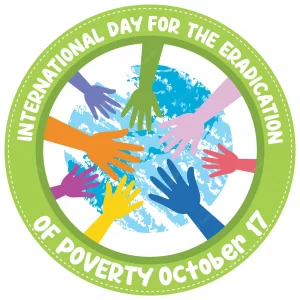
 On August 22nd, International Day Commemorating the Victims of Acts of Violence Based on Religion or Belief recognizes the importance of assisting victims of religious persecution.
On August 22nd, International Day Commemorating the Victims of Acts of Violence Based on Religion or Belief recognizes the importance of assisting victims of religious persecution. Acts of terrorism propagating a wide-range of hateful ideologies continue to injure, harm and kill thousands of innocent people each year.
Acts of terrorism propagating a wide-range of hateful ideologies continue to injure, harm and kill thousands of innocent people each year.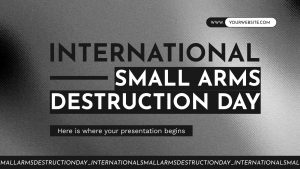 This date marks the International Small Arms Destruction Day, a date initiated by the United Nations in 2001 to remind the threat that the excessive and destabilizing accumulation of and illicit traffic in small arms and light weapons pose to peace and security, and highlights the importance of destroying surplus weapons as a key measure to reduce illicit arms flows and build safer societies where citizens can develop their full potential.
This date marks the International Small Arms Destruction Day, a date initiated by the United Nations in 2001 to remind the threat that the excessive and destabilizing accumulation of and illicit traffic in small arms and light weapons pose to peace and security, and highlights the importance of destroying surplus weapons as a key measure to reduce illicit arms flows and build safer societies where citizens can develop their full potential.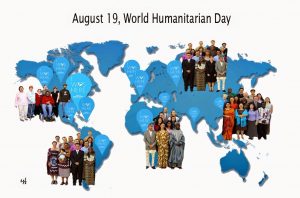 Every year, thousands of men and women the world over put their lives in danger working in Humanitarian causes all over the world. Working in the most poverty and illness stricken third world countries the world over, often in areas of great social violence, these dedicated heroes put their lives on the line, and sometimes lose them in the pursuit of their goals. World Humanitarian Day is when we remember these heroes and their sacrifices.
Every year, thousands of men and women the world over put their lives in danger working in Humanitarian causes all over the world. Working in the most poverty and illness stricken third world countries the world over, often in areas of great social violence, these dedicated heroes put their lives on the line, and sometimes lose them in the pursuit of their goals. World Humanitarian Day is when we remember these heroes and their sacrifices.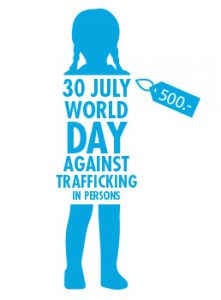
 Every year on July 17, World Day for International Justice is observed all around the world. The aim of the day is to promote international criminal justice and as a way of supporting the work of the ICC.
Every year on July 17, World Day for International Justice is observed all around the world. The aim of the day is to promote international criminal justice and as a way of supporting the work of the ICC.
